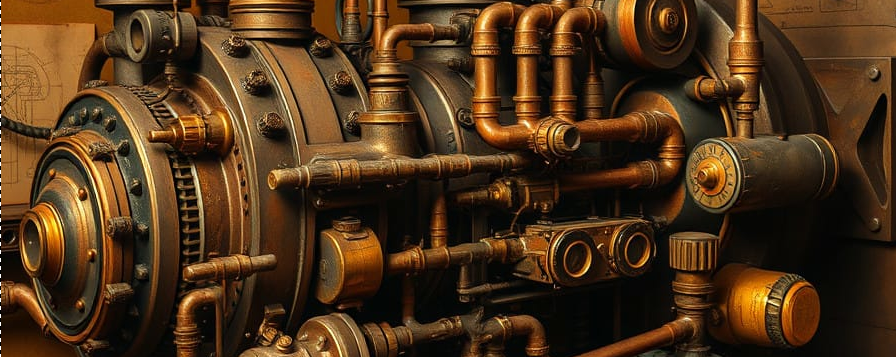Convolutional Neural Networks (CNNs) were inspired by the way the human visual cortex works, CNNs are a specialized type of neural network particularly adept at analyzing and understanding images. They are the engine behind many impressive AI applications, from recognizing faces in photos to powering autonomous vehicles. Traditional neural networks, while powerful, can struggle with image data. Images are essentially grids of pixel values, and feeding each pixel as a separate input into a standard neural network can lead to an overwhelming number of connections and make learning complex spatial hierarchies incredibly difficult. CNNs overcome this challenge by employing specialized layers that allow them to process images in a more intelligent and efficient way.
The core building blocks of a CNN are convolutional layers. Imagine taking a small “filter” or “kernel” – a tiny grid of weights – and sliding it across the input image. At each position, the filter performs a dot product with the corresponding patch of the image, producing a single output value. This process, called convolution, effectively extracts specific features from the image, such as edges, corners, or textures. By using multiple filters, each designed to detect a different feature, the convolutional layer creates several “feature maps” that represent different aspects of the input image.
Following convolutional layers, CNNs often include pooling layers. These layers downsample the feature maps, reducing their dimensionality while retaining the most important information. Think of it as summarizing the detected features. Common pooling operations include “max pooling,” which selects the maximum value within a local region, and “average pooling,” which calculates the average value. Pooling helps to make the network more robust to variations in the position and scale of objects within an image.
After several convolutional and pooling layers, which act as feature extractors, the high-level features are typically fed into one or more fully connected layers, similar to those found in traditional neural networks. These layers perform the final classification or prediction based on the learned features. For example, in an image classification task, the fully connected layers would learn to combine the extracted features to determine the probability of the image belonging to different categories (e.g., cat, dog, bird).
The architecture of a CNN, with its alternating convolutional and pooling layers followed by fully connected layers, allows it to learn hierarchical representations of visual data. The initial convolutional layers learn low-level features, while deeper layers combine these features to detect increasingly complex patterns and ultimately recognize entire objects or scenes. This hierarchical learning is a key reason for CNNs’ success in computer vision tasks. The impact of CNNs on the field of AI has been profound. They are the driving force behind breakthroughs in image recognition, object detection, image segmentation, and even video analysis. From medical image analysis to facial recognition systems used for security and convenience, CNNs are transforming various industries. Furthermore, the fundamental principles of convolutional layers have been adapted for processing other types of data, such as audio and text, showcasing their versatility.
In conclusion, Convolutional Neural Networks are a powerful and essential concept for anyone learning about AI. By mimicking the visual processing mechanisms of the brain, CNNs provide a highly effective way for machines to “see” and understand the world through images. Their unique architecture, with convolutional, pooling, and fully connected layers, enables them to automatically learn complex spatial hierarchies, making them a cornerstone of modern computer vision and a testament to the ingenuity of biologically inspired AI design.
